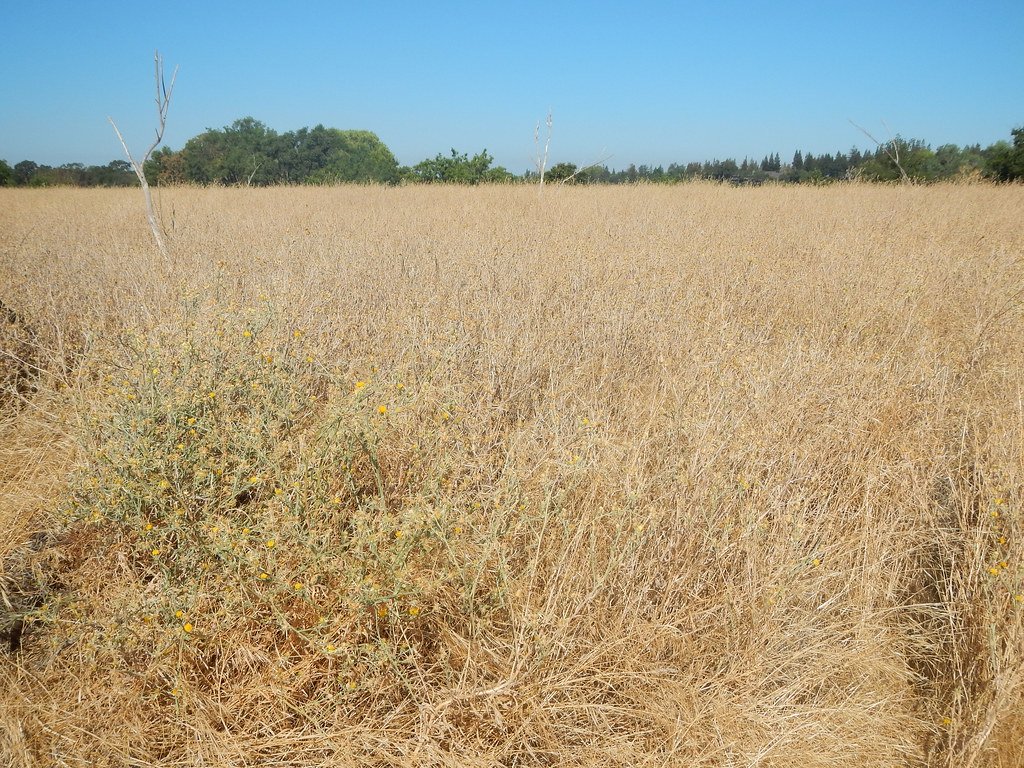Throughout Earth’s history, many prehistoric creatures evolved to enormous sizes, leaving behind gigantic footprints and fascinating fossils that intrigue scientists and laypeople alike. These colossal ancient beings ranged across the land, flew through the skies, and swam the seas, prompting the question: why did some prehistoric creatures grow so gigantic? This article delves into the factors that may have contributed to their massive sizes, unraveling the mysteries behind prehistoric gigantism.
Evolutionary Pressures and Advantages
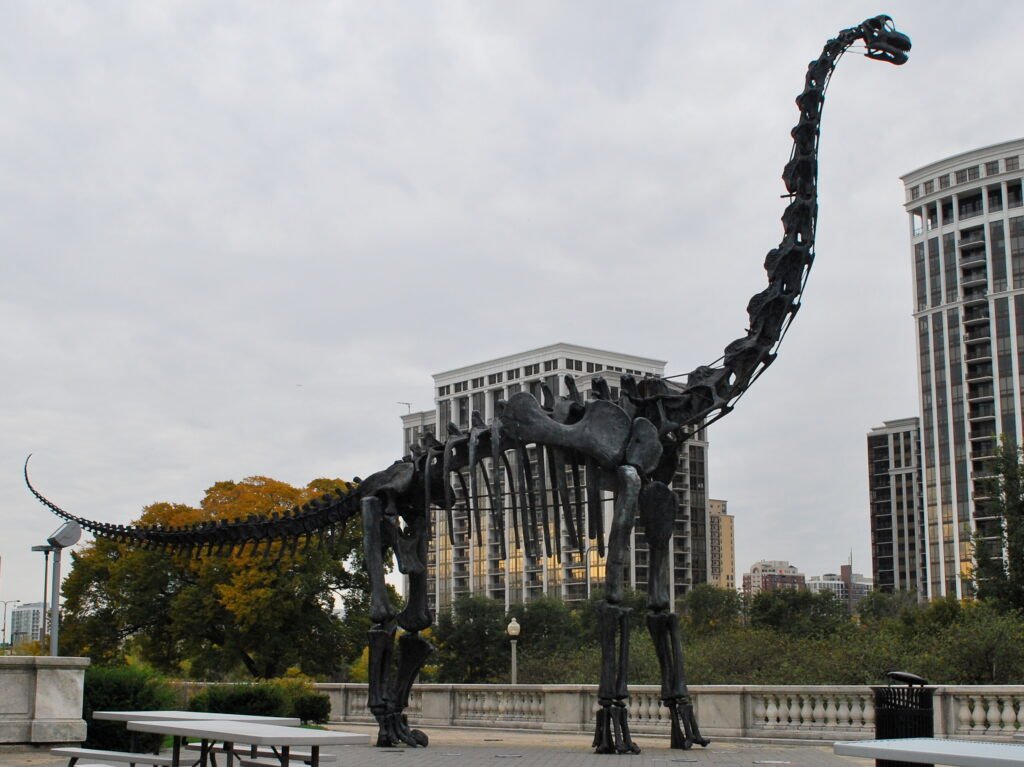
In the prehistoric world, evolutionary pressures played a pivotal role in the development of gigantism. Large size could confer significant advantages, such as deterring predators and dominating ecological niches. For instance, gigantic herbivores like the sauropods could reach high vegetation and consume vast quantities of food, supporting their immense energy needs. Similarly, large carnivores could take down bigger prey, ensuring a stable food supply.
The Oxygen-Rich Atmosphere
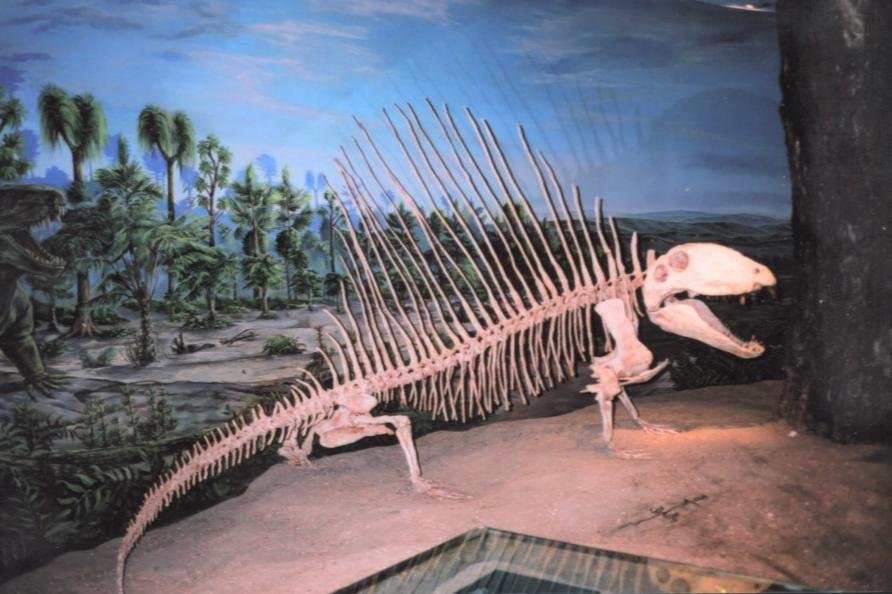
The atmosphere of the prehistoric Earth often contained higher oxygen levels than it does today. During the late Paleozoic and Mesozoic eras, oxygen concentrations could support more extensive respiratory capacities, which in turn allowed for larger body sizes. This increased level of atmospheric oxygen could have supported higher metabolic rates, enabling creatures to grow more massive.
Climate and Environmental Conditions
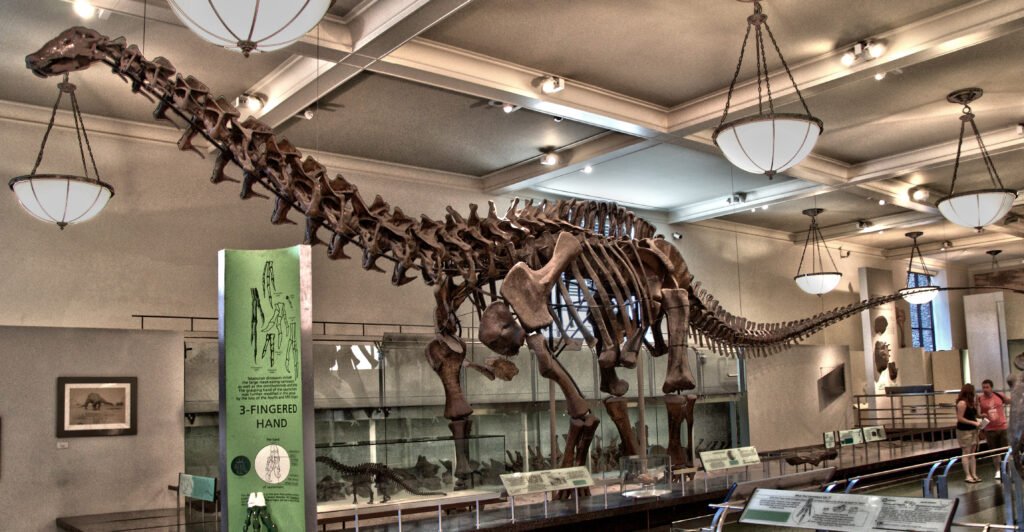
Prehistoric Earth’s climate was often warmer and more stable, reducing stress on mega fauna and enabling a wide range of large creatures to thrive. The abundance of food sources in vast, lush landscapes meant that these giants not only survived but thrived, adapting to various habitats and ecological roles. The absence of ice caps contributed to expansive coastal habitats, fostering growth and diversity.
Genetics and Evolutionary Trends
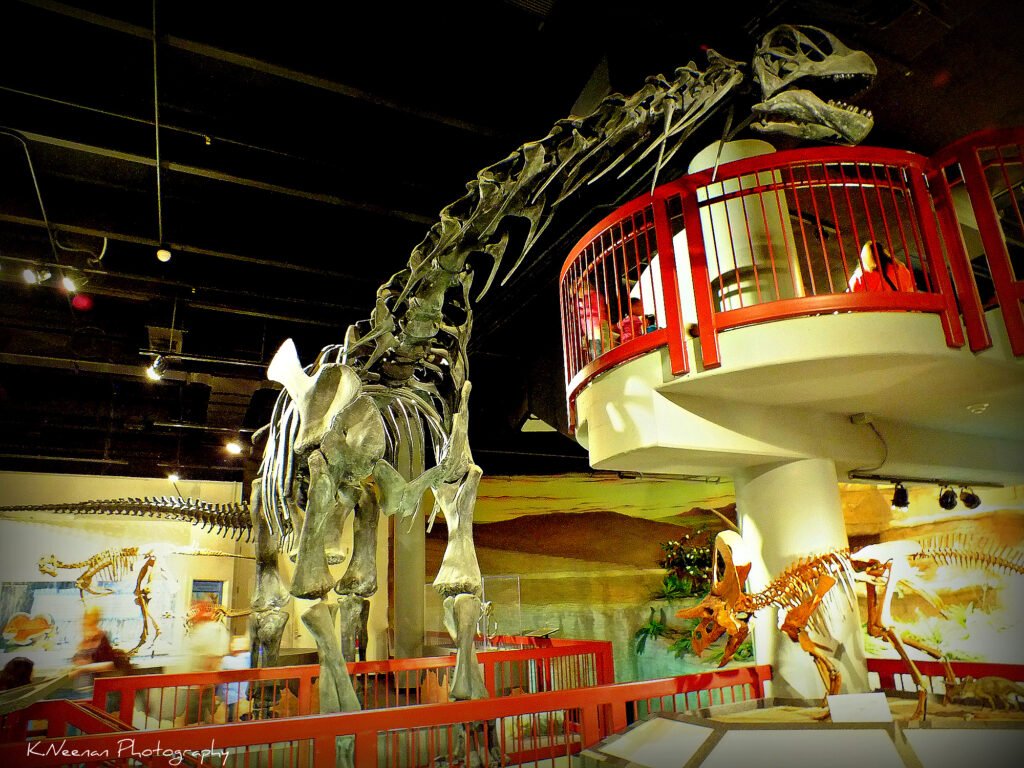
Genetics and evolutionary trends certainly influenced the growth of prehistoric giants. Over time, natural selection favored traits that allowed creatures to become larger in order to survive, reproduce, and thrive in their respective ecosystems. Some species evolved new physical adaptations, such as stronger bones and unique respiratory systems, to support their increased body weight and size.
The Role of Predation and Defense
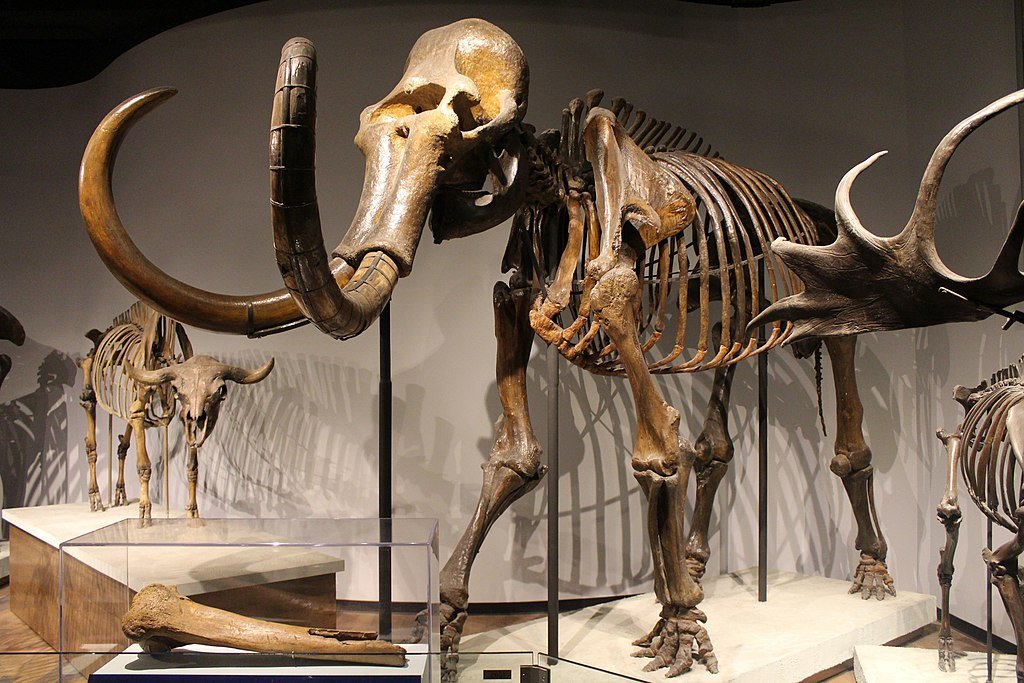
As creatures evolved, the arms race between predators and prey fueled the need for larger sizes. Gigantic dimensions could deter predators simply due to their sheer size. Similarly, larger predators could dominate other animals and have exclusive access to resources. This evolutionary arms race encouraged traits that ensured survival, leading to increased body sizes over generations.
Reproductive Strategies
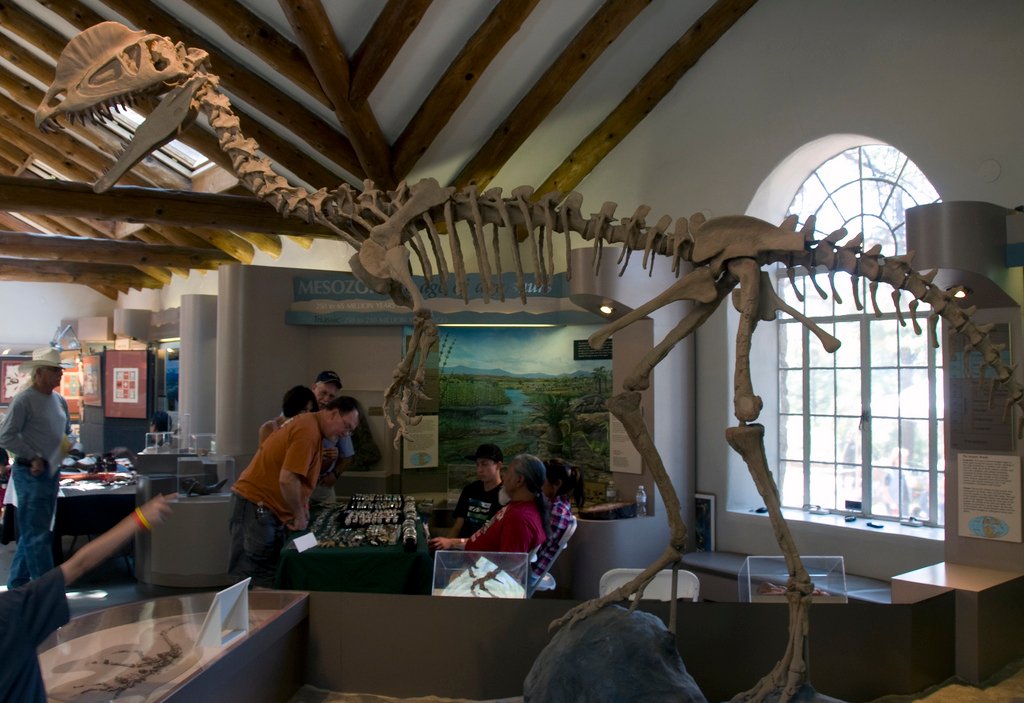
Some prehistoric creatures may have grown large due to reproductive strategies. A large body could mean larger or more numerous offspring, providing a better chance for genetic material to persist. By investing in producing fewer but larger offspring, these species ensured better survival rates for their young during harsh prehistoric times.
Competition Within and Between Species
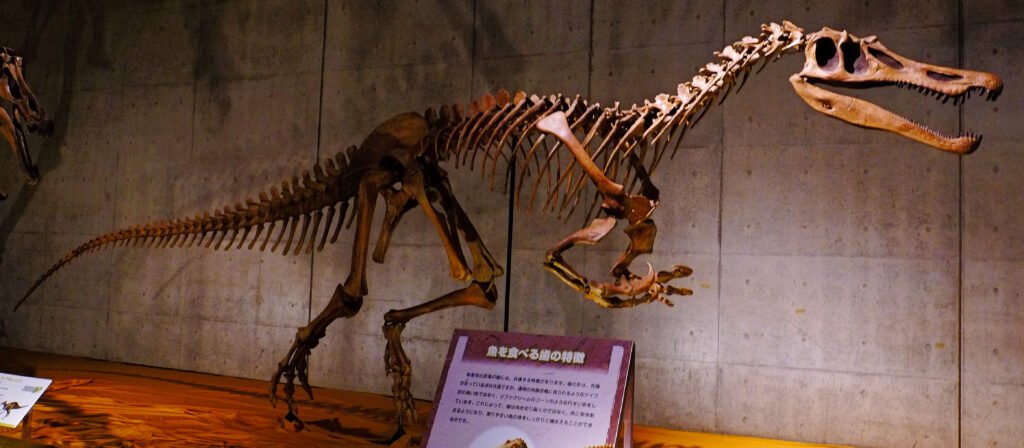
Competition within and between species also drove gigantism. Larger individuals often took advantage of more resources and dominated their environment, leading to successful reproduction. Interspecies competition for food, territory, and mates likely contributed to the evolution of bigger, stronger creatures that dominated various niches.
Adaptation to Specific Niches
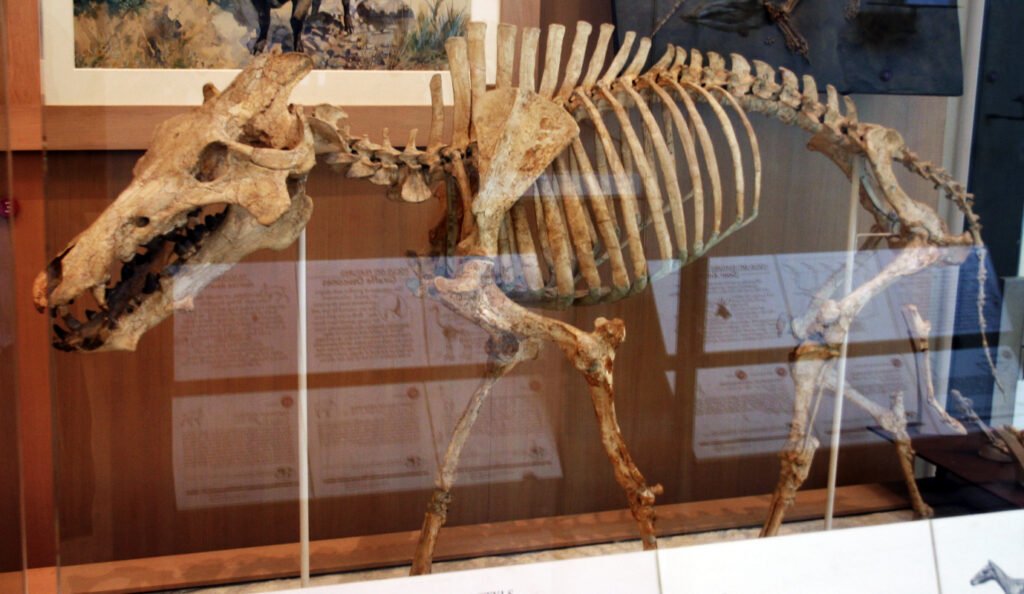
In some instances, gigantism may have been an adaptation to specific ecological niches. For example, large aquatic creatures could navigate vast bodies of water more effectively, while giant flying species took advantage of aerial routes for migration and hunting. These adaptations allowed them to explore and exploit environments unavailable to smaller species.
The Impact of Extinction Events
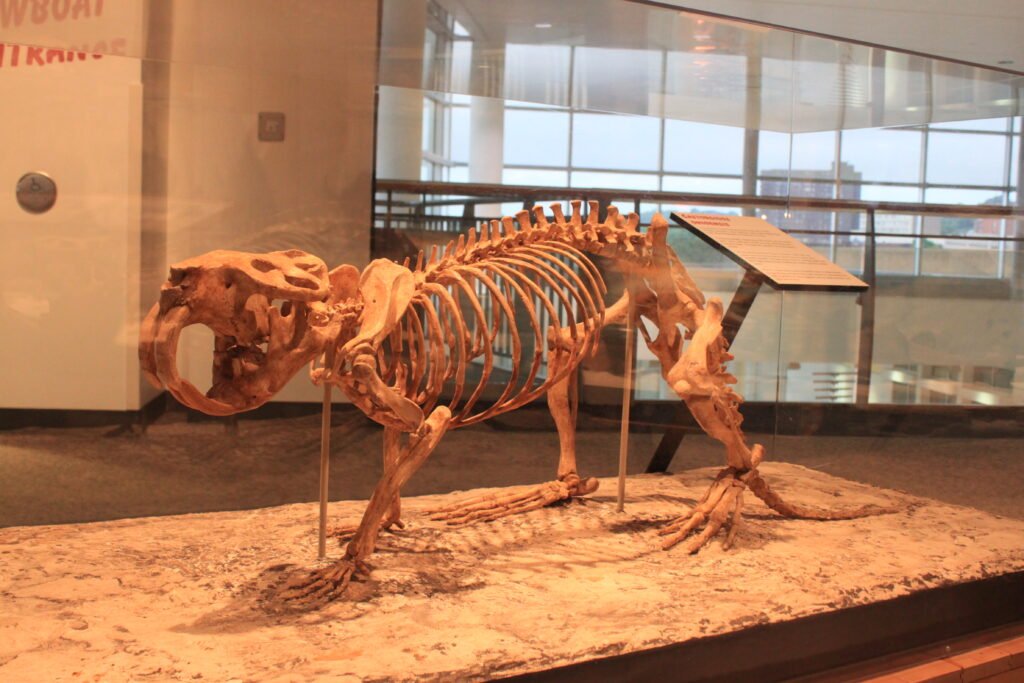
Mass extinction events reshaped the evolutionary landscape, allowing some surviving creatures to grow larger. The mass extinction at the end of the Paleozoic era wiped out many species, providing the evolutionary space for new, often larger, species to emerge and exploit the available niches. This allowed the few remaining species to diversify and dominate new territories.
Conclusion
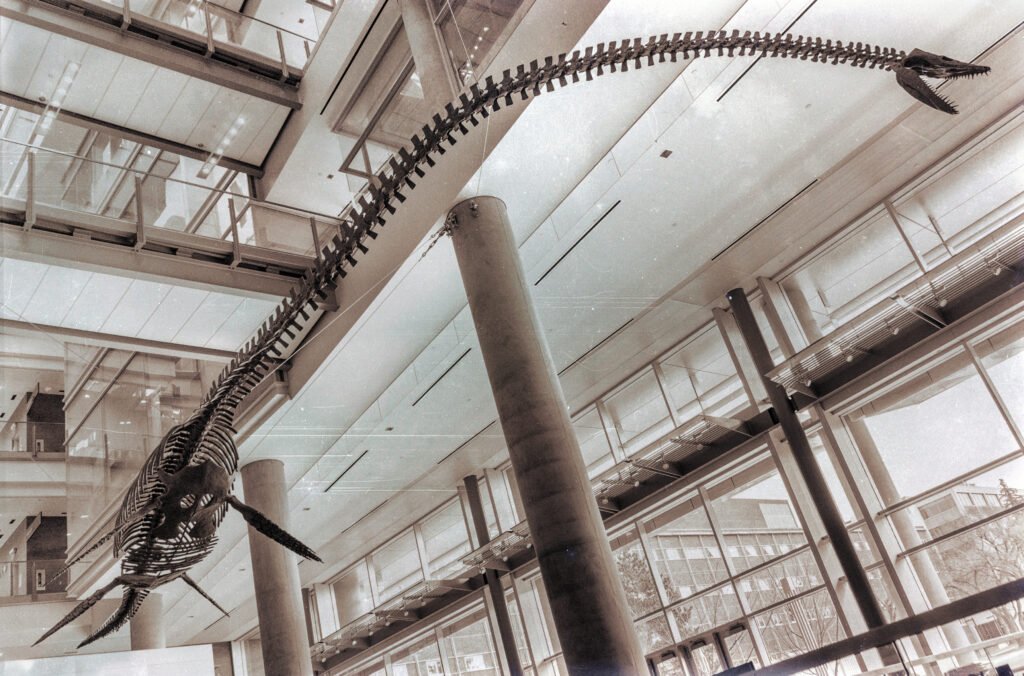
The size of prehistoric creatures was shaped by a complex interplay of evolutionary pressures, environmental conditions, genetic trends, and predation dynamics. Understanding why some prehistoric creatures grew so gigantic provides invaluable insights into the intricate evolutionary processes that shaped life on Earth. As we unearth more fossils and continue to study these ancient giants, we uncover not just the history of life but also the relentless adaptability and innovation that define evolution.


